Japparel dresses, known for their unique blend of Japanese and Western aesthetics, have become a popular choice for fashion-forward individuals. From their origins in the early 20th century to their current resurgence in popularity, japparel dresses offer a versatile and stylish option for a variety of occasions.
In this comprehensive guide, we will delve into the world of japparel dresses, exploring their different types, styling tips, and historical significance. Whether you’re a seasoned fashionista or just starting to discover the beauty of japparel dresses, this guide will provide you with all the information you need to make informed choices and create stunning looks.
Definition of Japparel Dresses
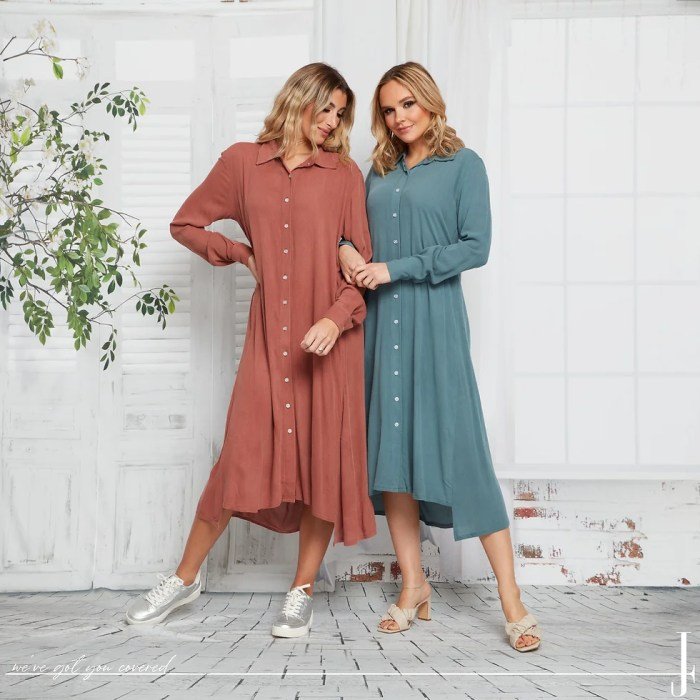
Japparel dresses are a fusion of Japanese and Western fashion styles, combining traditional Japanese elements with modern Western silhouettes.
Examples of Japparel dresses include kimono-inspired dresses with obi belts, dresses with asymmetrical cuts and Japanese prints, and dresses made from traditional Japanese fabrics like silk and cotton.
Characteristics of Japparel Dresses
Characteristics of Japparel dresses include:
- Asymmetrical cuts and silhouettes
- Bold and vibrant colors
- Traditional Japanese prints and patterns
- Use of Japanese fabrics like silk and cotton
- Combination of traditional Japanese and Western elements
Types of Japparel Dresses
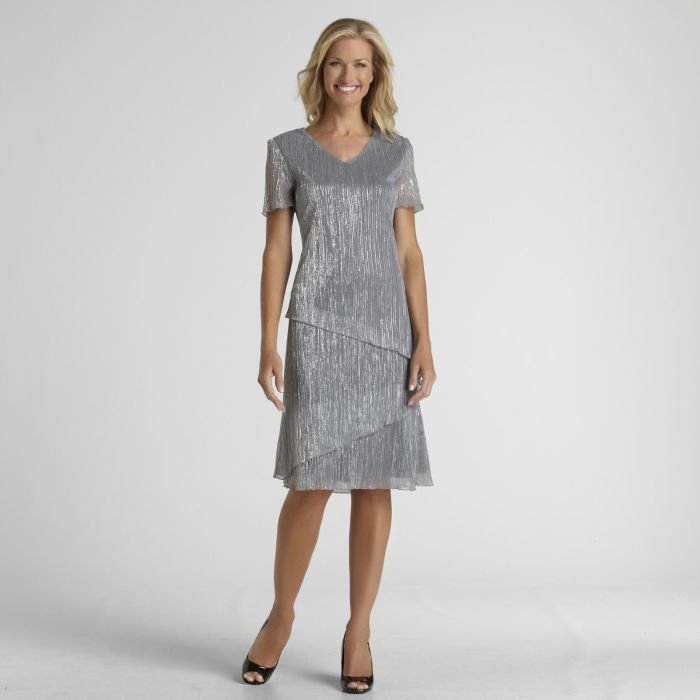
Japparel dresses come in a variety of styles, each with its unique features. From traditional to contemporary, there is a Japparel dress to suit every taste and occasion.
Traditional Japparel Dresses
Traditional Japparel dresses are inspired by the clothing worn by the people of Japan. They are typically made from silk or cotton and feature a kimono-style silhouette. Traditional Japparel dresses often have intricate designs and patterns, and they are often worn with a sash called an obi.
Contemporary Japparel Dresses
Contemporary Japparel dresses are a modern take on traditional Japanese clothing. They often feature a mix of traditional and modern elements, and they are often made from a variety of materials, including silk, cotton, and polyester. Contemporary Japparel dresses can be worn for a variety of occasions, from casual to formal.
Kimono Dresses
Kimono dresses are a type of Japparel dress that is made to resemble a traditional Japanese kimono. They are typically made from silk or cotton and feature a long, flowing silhouette. Kimono dresses can be worn for a variety of occasions, from casual to formal.
Obi Dresses
Obi dresses are a type of Japparel dress that is made to resemble a traditional Japanese obi sash. They are typically made from silk or cotton and feature a wide, sash-like waistband. Obi dresses can be worn for a variety of occasions, from casual to formal.
For a sophisticated and elegant look, japparel dresses are an excellent choice. These dresses are designed with intricate details and flattering silhouettes, making them perfect for any special occasion. If you’re searching for a dress that will turn heads at prom, consider browsing jk prom dresses.
With their stunning designs and affordable prices, you’re sure to find the perfect dress to make your night unforgettable. From classic A-line silhouettes to modern mermaid cuts, japparel dresses offer a wide range of styles to suit every taste.
Japparel Dresses for Different Occasions
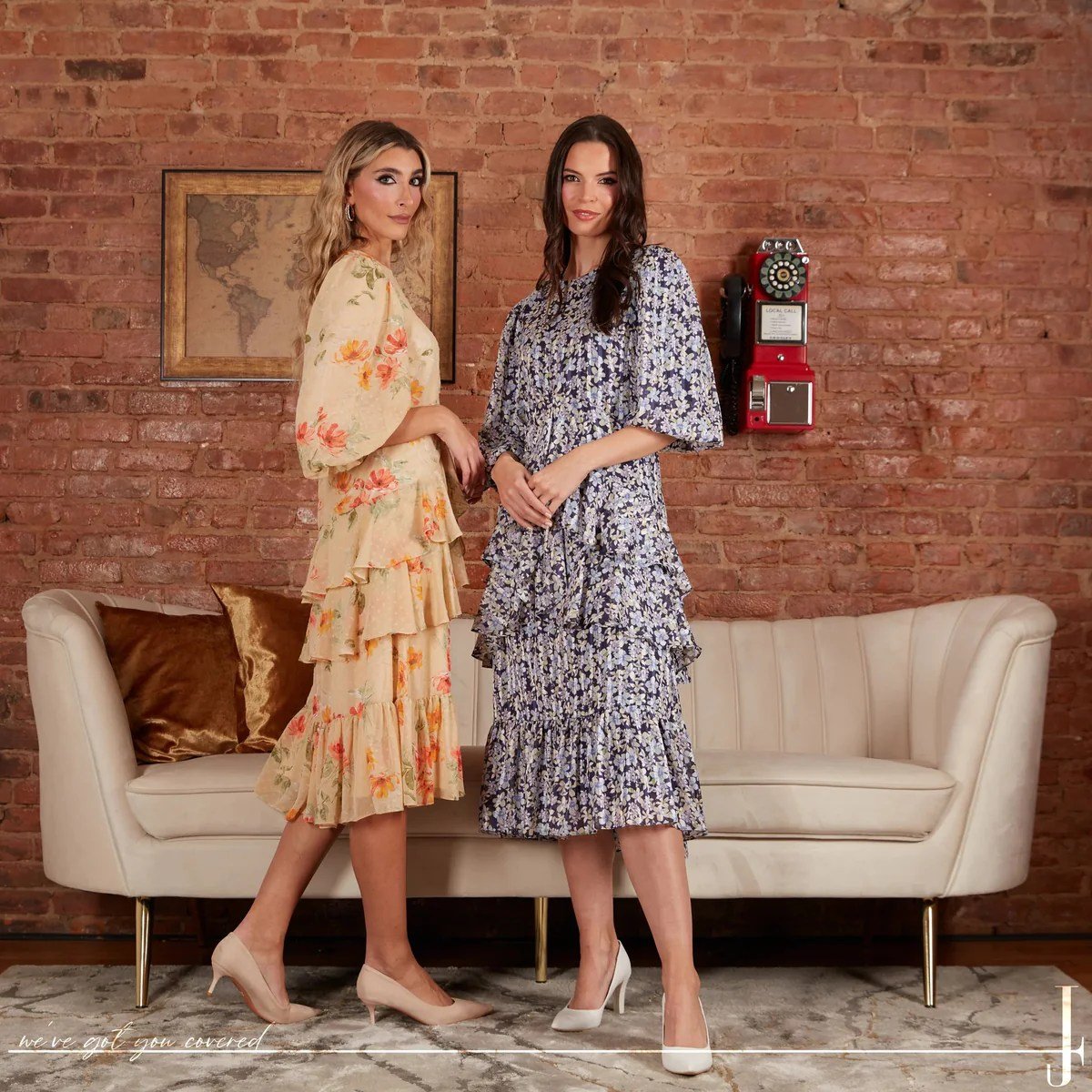
Japparel dresses offer versatility and style for a wide range of occasions. Whether you’re attending a formal event, a casual gathering, or anything in between, there’s a Japparel dress to suit your needs.
When choosing a Japparel dress for a specific occasion, consider the formality of the event, the time of day, and the overall atmosphere. For example, a flowy maxi dress with intricate embroidery would be appropriate for a summer wedding, while a sleek and tailored pencil dress would be a better choice for a business meeting.
Formal Occasions
Japparel dresses are a popular choice for formal occasions, such as weddings, galas, and award ceremonies. For these events, opt for a dress made from luxurious fabrics like silk, satin, or lace. Look for dresses with elegant details like beading, embroidery, or a flowing skirt.

Semi-Formal Occasions
Semi-formal occasions call for dresses that are less formal than those for formal events, but still stylish and sophisticated. Cocktail parties, dinners, and receptions are all examples of semi-formal occasions. For these events, choose a dress made from a fabric like chiffon, crepe, or georgette.
Look for dresses with details like ruffles, pleats, or a fitted silhouette.
Japparel dresses are known for their trendy and stylish designs. If you’re looking for a specific style, you may want to check out jessica bara dresses. They offer a wide range of options, from casual to formal, so you’re sure to find something that fits your taste.
Japparel dresses are made from high-quality materials and are sure to last for years to come.

Casual Occasions
Japparel dresses can also be dressed down for casual occasions, such as brunch, shopping, or running errands. For these events, choose a dress made from a comfortable fabric like cotton or linen. Look for dresses with simple silhouettes and details like pockets or a drawstring waist.
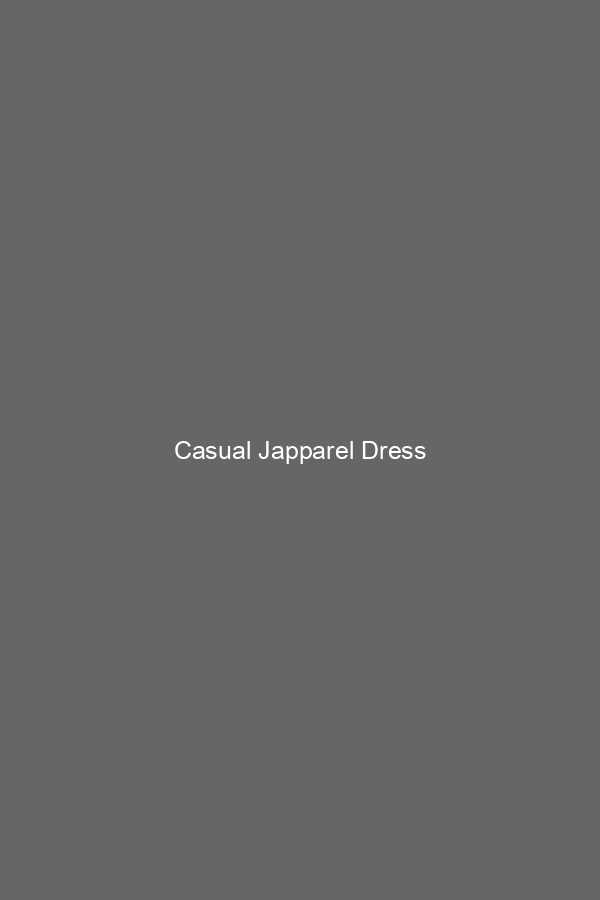
How to Style Japparel Dresses
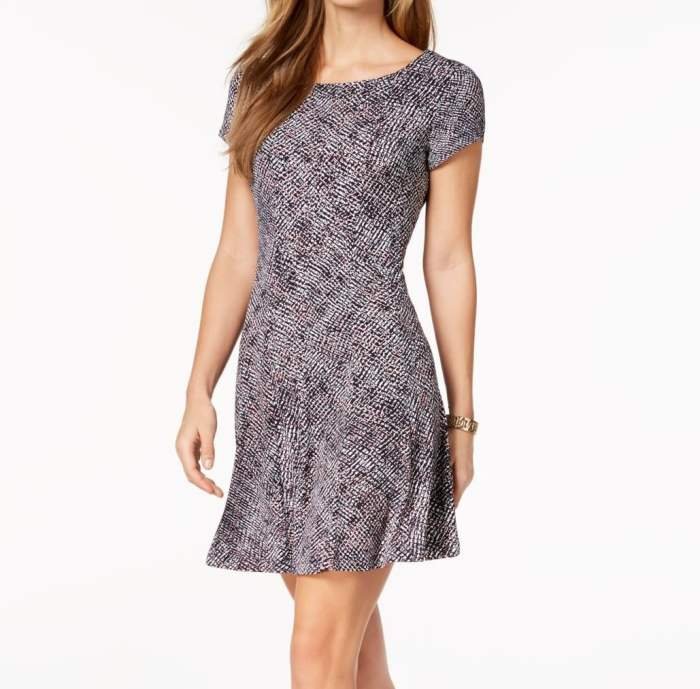
Styling Japparel dresses is an art that can enhance the beauty of the wearer and make them stand out from the crowd. Here are some general styling tips and specific suggestions for different body types.
To achieve a polished and stylish look, it is important to consider the overall silhouette, color palette, and accessories. Japparel dresses are often characterized by their clean lines and structured shapes, so it is important to complement these features with accessories that enhance the overall aesthetic.
Styling Tips for Different Body Types
When styling Japparel dresses for different body types, it is important to consider the individual’s shape and proportions. Here are some specific styling tips for different body types:
- For petite frames:Opt for shorter dresses that fall just above the knee or mid-thigh. A-line or fit-and-flare silhouettes can help to create the illusion of a longer and leaner frame.
- For taller frames:Maxi dresses or dresses that fall below the knee can help to elongate the silhouette. Empire waistlines or dresses with vertical stripes can also create a more flattering look.
- For curvy figures:Dresses with an A-line or fit-and-flare silhouette can help to balance out the hips and create a more hourglass shape. Wrap dresses can also be a flattering option, as they can cinch in the waist and accentuate the curves.
- For athletic figures:Dresses with a more tailored fit can help to define the waist and create a more feminine silhouette. Dresses with ruffles or other embellishments can also add a touch of femininity to the look.
Accessories and Shoes, Japparel dresses
Accessories and shoes can play a big role in completing the look of a Japparel dress. Here are some suggestions for accessories and shoes to complement different Japparel dress styles:
- For a classic and elegant look:Pair a Japparel dress with simple and understated accessories, such as a delicate necklace or earrings. Classic pumps or sandals can complete the look.
- For a more casual and relaxed look:Pair a Japparel dress with more casual accessories, such as a scarf or a pair of sneakers. A denim jacket or a cardigan can also add a touch of casualness to the look.
- For a more edgy and modern look:Pair a Japparel dress with more edgy accessories, such as a statement necklace or a pair of combat boots. A leather jacket or a blazer can also add a touch of edge to the look.
Where to Find Japparel Dresses
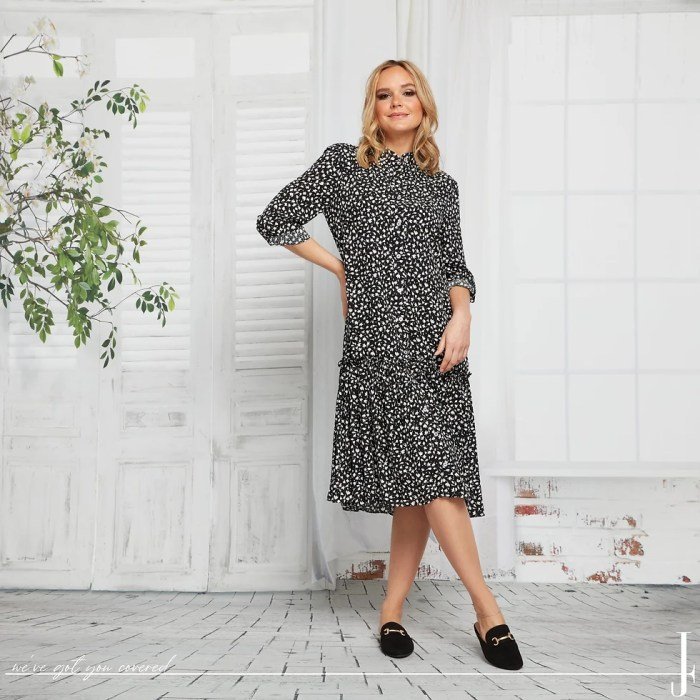
Japparel dresses are becoming increasingly popular, and as a result, they are now available at a variety of retailers. You can find Japparel dresses both online and offline, and prices range depending on the brand, style, and materials used.
Online Retailers
- ASOS
- Boohoo
- Missguided
- Nasty Gal
- PrettyLittleThing
- Topshop
- Urban Outfitters
Offline Retailers
- Forever 21
- H&M
- Macy’s
- Nordstrom
- Urban Outfitters
- Zara
The price range for Japparel dresses varies depending on the factors mentioned above. However, you can generally expect to pay between $50 and $200 for a Japparel dress.
History of Japparel Dresses
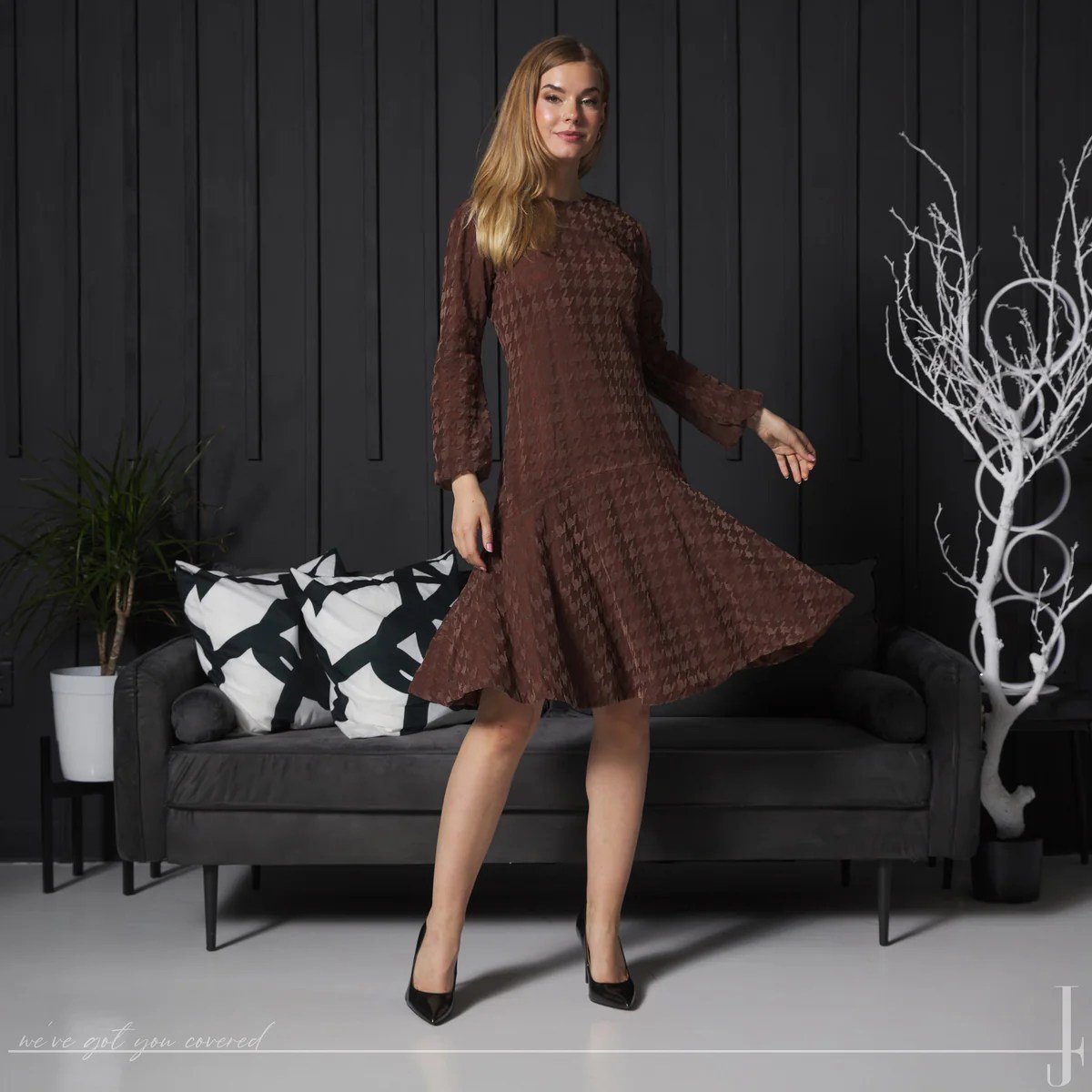
Japparel dresses, a fusion of traditional Japanese aesthetics with Western dressmaking techniques, have a rich and fascinating history that spans centuries. Rooted in the cultural exchange between Japan and the West, these garments have evolved significantly over time, reflecting both the changing fashion trends and the evolving cultural landscape.
Origins of Japparel Dresses
The origins of Japparel dresses can be traced back to the late 19th century, when Japan began to open up to foreign trade and Western influence. Japanese artisans, eager to embrace new ideas, incorporated Western dressmaking techniques into their traditional kimono-making skills.
The result was a unique blend of East and West, creating garments that combined the elegance of Japanese aesthetics with the practicality and comfort of Western clothing.
Japparel dresses are known for their style and comfort, and they’re perfect for a variety of occasions. Whether you’re looking for a dress to wear to a casual party or a more formal event, japparel has a dress that’s perfect for you.
If you’re looking for a stylish and comfortable golf dress, be sure to check out the smith and quinn golf dresses. These dresses are made from high-quality materials and are designed to keep you cool and comfortable on the golf course.
With a variety of styles to choose from, you’re sure to find the perfect smith and quinn golf dress for your next round of golf.
Evolution of Japparel Dresses
Over the years, Japparel dresses have undergone numerous transformations, reflecting the changing tastes and fashion trends of the time. In the early 20th century, Japparel dresses were often characterized by their loose, flowing silhouettes, influenced by the kimono’s traditional shape.
As the century progressed, however, Japparel dresses began to adopt more fitted and structured designs, incorporating elements of Western tailoring and fashion.
In the post-World War II era, Japparel dresses experienced a surge in popularity, becoming a symbol of Japan’s economic and cultural recovery. Japanese designers, such as Issey Miyake and Yohji Yamamoto, gained international recognition for their innovative designs that fused traditional Japanese elements with contemporary Western aesthetics.
Historical Japparel Dresses
Throughout their history, Japparel dresses have been worn by women from all walks of life, from geisha and courtesans to modern-day celebrities. Some notable examples of historical Japparel dresses include:
- The “Butterfly” dress by Hanae Mori:A stunning gown worn by Grace Kelly at the 1956 Academy Awards, featuring a kimono-inspired silhouette with a butterfly-shaped neckline.
- The “Hana” dress by Issey Miyake:A pleated dress designed in 1981, known for its sculptural form and innovative use of fabric manipulation.
- The “Black Rose” dress by Yohji Yamamoto:A dramatic black dress designed in 1982, characterized by its flowing, asymmetrical silhouette and layered construction.
Japparel Dresses in Popular Culture
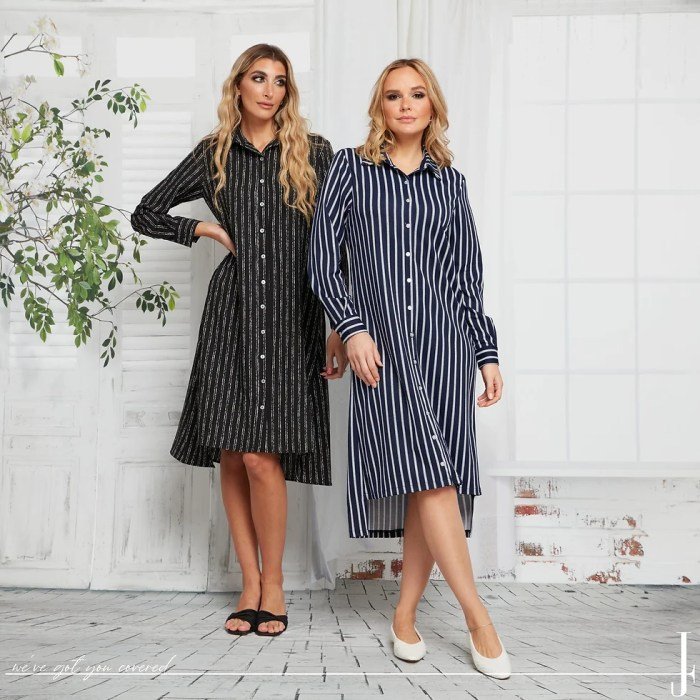
Japparel dresses have made a significant mark in popular culture, gracing the screens in movies, TV shows, and music videos. They have been worn by renowned celebrities, leaving a lasting impact on fashion trends.
In Movies and TV Shows
In the realm of cinema, Japparel dresses have been showcased in a variety of films. For instance, the iconic “Breakfast at Tiffany’s” featured Audrey Hepburn in a black Givenchy Japparel dress that has become synonymous with the film and the actress.
Japparel dresses offer a unique blend of style and comfort, perfect for any occasion. For a touch of effortless elegance, consider la plage dresses , which evoke the carefree spirit of summer. With their flowy fabrics and vibrant colors, they’ll transport you to a tropical paradise.
Japparel dresses remain a versatile wardrobe staple, whether you’re dressing up for a special event or keeping it casual for a day out.
Similarly, in the TV series “Sex and the City,” Carrie Bradshaw often wore Japparel dresses, highlighting their versatility and timeless appeal.
In Music Videos
The music industry has also embraced Japparel dresses, with artists incorporating them into their performances and music videos. Lady Gaga, known for her eccentric style, has frequently donned Japparel dresses in her music videos, including the iconic “Bad Romance.” Rihanna, another fashion icon, has also been spotted wearing Japparel dresses in her videos, such as “Diamonds.”
Impact on Fashion Trends
The presence of Japparel dresses in popular culture has had a significant impact on fashion trends. The dresses have inspired designers and fashion enthusiasts alike, leading to the creation of new styles and variations. The popularity of Japparel dresses in movies, TV shows, and music videos has also influenced consumer preferences, making them a staple in many wardrobes.
Last Word: Japparel Dresses
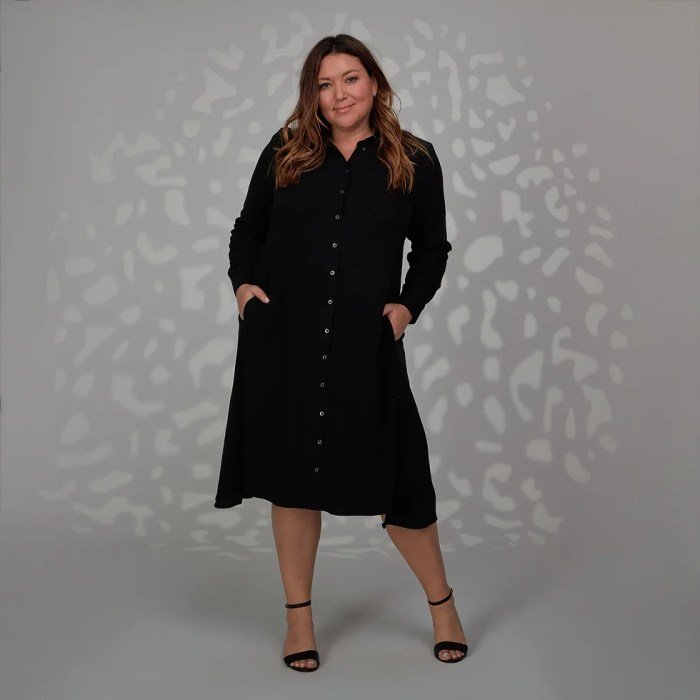
In conclusion, japparel dresses are a timeless and versatile addition to any wardrobe. Their unique blend of Eastern and Western influences creates a style that is both sophisticated and modern. Whether you’re attending a formal event or simply running errands, a japparel dress can elevate your look and make you feel confident and stylish.
Helpful Answers
What are japparel dresses?
Japparel dresses are a type of dress that combines Japanese and Western design elements. They are typically made from high-quality fabrics, such as silk or cotton, and feature traditional Japanese motifs, such as cherry blossoms or cranes.
What are the different types of japparel dresses?
There are many different types of japparel dresses, including kimono dresses, qipao dresses, and obi dresses. Kimono dresses are the most traditional type of japparel dress, and they are typically worn for formal occasions. Qipao dresses are a type of Chinese dress that has been adopted into Japanese fashion, and they are often worn for semi-formal occasions.
Obi dresses are a type of dress that is made from a wide obi sash, and they are typically worn for casual occasions.
How do I style a japparel dress?
Japparel dresses can be styled in a variety of ways, depending on the occasion. For a formal event, you can pair a kimono dress with a obi sash and heels. For a semi-formal event, you can pair a qipao dress with flats or wedges.
For a casual occasion, you can pair an obi dress with sneakers or sandals.